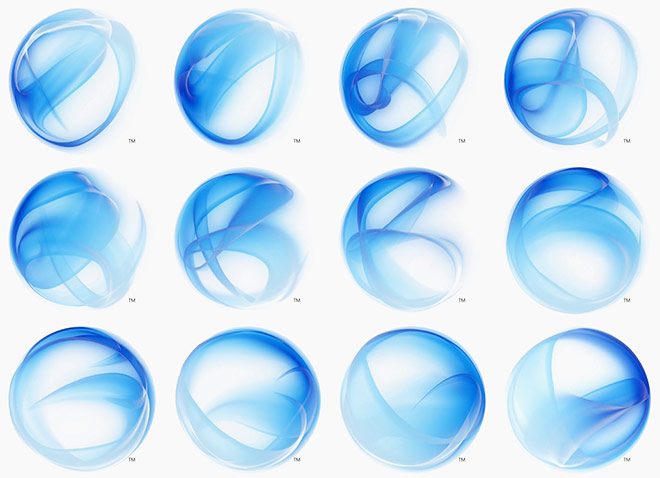The Future of Silverlight

According to Microsoft, Silverlight™ is a cross-browser, cross-platform, and cross-device plug-in for delivering the next generation of media experiences and rich interactive applications for the Web.
Actually, Silverlight is Microsoft's Flash competitor and Bill Gate's company is getting more and more serious about developer adoption. It is another example of Microsoft versus the open web world.
The story repeats itself: Microsoft has been using various standards body tactics to stall and block development of JavaScript since 1999. It's a long story that would take me several hours and articles to tell.
Silverlight is about making a part of the web 'off limits' to people who aren't running Microsoft's proprietary extension. We have something like this with Flash today, but Adobe is a fairly benevolent dictator; should Microsoft succeed in sucking the air out of Flash's business model, we would be left with a web whose rich content would be only accessible via Microsoft software.
I think this isn't a world we want.
Flash is also arguably positioned as an alternative to the open web, but most of the time is only used as a vector/media rendering engine for regular pages (e.g. as used in YouTube and Google Finance).
If the web's default programming model were not so woefully deficient when it comes to 'rich media' and vector graphics (SVG/Canvas notwithstanding as they're still unavailable on the vast majority of browsers), then the door wouldn't even be open to Silverlight. They're using this deficiency to promote an alternative to the whole stack, rather than addressing the single problem of media and graphics rendering.
I believe the best thing we can do to counter the Silverlight play is to promote reasonable 'open' alternatives to the real problems it's trying to address. Flash is imperfect, but provides a reasonable solution to rendering audio/video.





Post a Comment